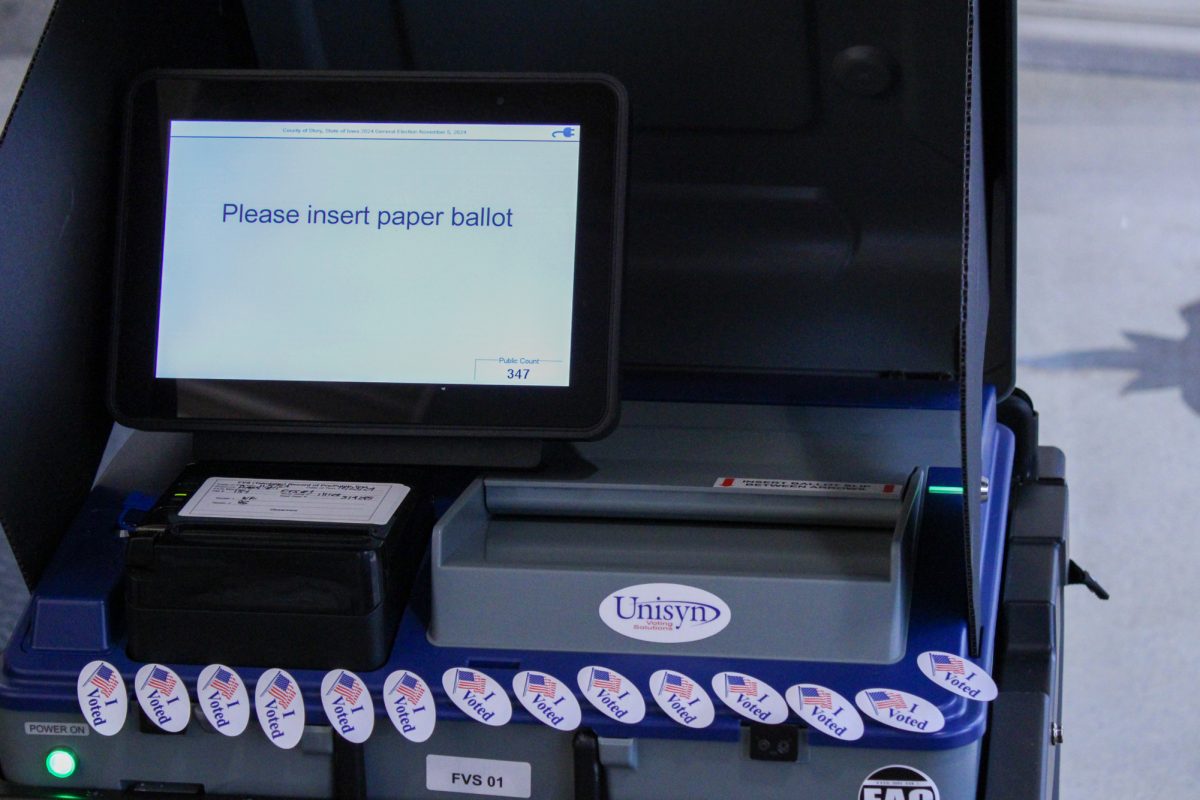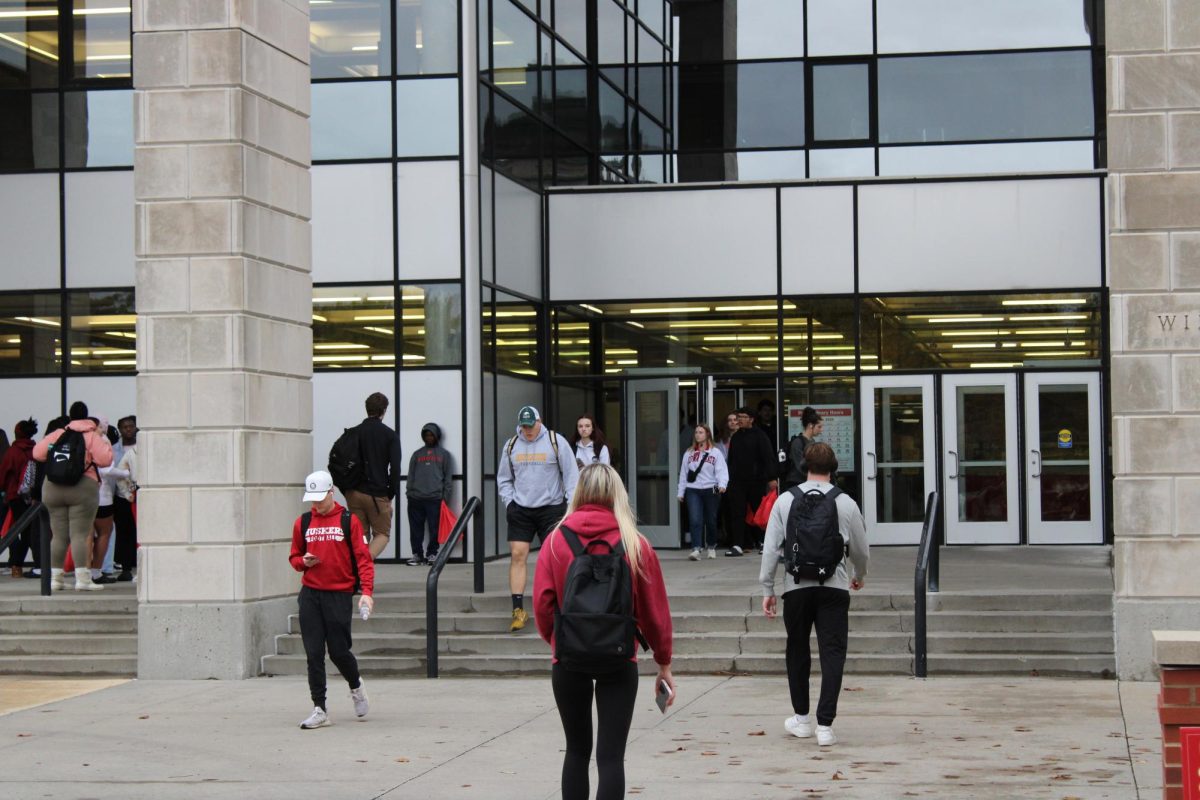Fight the ‘real’ war on drugs
October 8, 1998
Despite the international economic crisis the rest of the world is experiencing, the American market continues to fare respectably. The stock market hasn’t made many people richer recently, but we’re far from crisis here. Perhaps that’s because we’re living in a wartime economy.
If you haven’t been following the news for the last 20 years, our government currently is entrenched in an expensive war: the war on drugs.
The name “war on drugs” is a misnomer, of course. Other than incidents like that in Humboldt County, Ca. in 1983, when the government used U-2s to identify pot fields and then helicoptered in battalions of agents to cut and burn the plants, this war is not against plants or powders. There has not been a single instance in which a cocaine shipment has been jailed or a bag of reefer has been sentenced to community service.
The war on drugs is really a war on people. It is a war being waged by our government against our own citizens.
The war on drugs is being waged by more than just the government, though. Flip through this newspaper, and it’s likely you’ll see an ad from the Partnership for a Drug-Free America, a truly misguided organization. If the group truly is committed to eliminating drugs from this nation, why are they putting their limited resources into ads about pot?
When we examine what drugs are causing social problems, marijuana can hardly be considered a primary target. No death directly attributable to marijuana usage has ever been recorded, unless you count those people slaughtered by the government in the name of our war. There are many other substances on the table which pose much greater concern than pot.
The most obvious candidate for attack is alcohol, the dangers of which are far more widespread than those of THC. In 1985, the United States Department of Justice released a report revealing that of the 132,620 people convicted of crimes in 1983, 48 percent were under the influence of alcohol at the time they committed their crimes. Not pot or heroin or crack — alcohol. Alcohol killed nearly 50,000 people in 1989, only half of which were due to highway accidents.
In that same year, there were 395,000 deaths stemming from tobacco use. Perhaps the partnership should be placing ads in the Daily with the silhouette of a tobacco leaf and the headline, “It makes you unable to respond to ‘are you alive?’ 10 years sooner.” Certainly not any less accurate of a statement than the current ad, and undoubtedly more relevant to more people.
Yet another better candidate for the partnership’s ads is methamphetamine. Meth has appeared on the scene only recently and has already become the “drug of choice” in the Midwest. Since the drug still is relatively new, the effects of a meth high are less well known, making them an ideal topic for the Partnership’s educational advertising. How does “It makes you respond to ‘hey stupid’ 10 seconds faster” sound?
Meth is also a better candidate than pot because it would seem that its use is more widespread, at least around here. Ames Police Sgt. Randy Kessel says 90 percent of current drug cases are meth-related. If that’s not a convincing reason to target meth use, I don’t know what is.
After all, it makes much more sense for the partnership, the government and all other anti-drug warriors to target those drugs which affect our social fabric more than those that don’t. Can you imagine the complaints about ill-spent funds the partnership would receive if it mounted a campaign against, say, absinthe?
If the partnership wishes to rid America of drugs, it should not bother starting with pot, alcohol, tobacco or meth. It should address caffeine.
What drug’s use is more widespread? A culture of acceptance surrounds caffeine, a culture which needs to be addressed even more urgently than pot. The posters glorifying caffeine intake, the section of the online caffeine FAQ showing how to brew the ultimate caffeine drink — these are just surface indicators of an acceptance which runs deep. Unless they plan on changing the name to the Partnership for a Mostly Drug-Free America, they have a responsibility to address this.
The Partnership for a Drug-Free America has the following to say about meth: “use is no longer limited to truck drivers trying to stay awake on long trips or college students cramming for exams. Housewives in some parts of the country use meth to energize them …” “Meth enables people to work around the clock …” “Meth is addictive, and users can develop a tolerance quickly …” “[Meth] stimulates brain cells, causing enhanced mood and increased body movement.”
You’d have to be on pot not to see the parallels between meth and caffeine here. Caffeine is, after all, a mood-altering drug. If the Partnership for a Drug-Free America takes its name seriously, it will abandon its pointless campaign against marijuana to carry an anti-caffeine torch. It’s time to stop focusing our attention on those illegal drugs used by a small portion of society and instead work on bringing to light this country’s real drug problem. If the war on drugs is really about drugs, caffeine is truly where the battlefront belongs.
Ben Byrne is a senior in graphic design from Edina, Minn.






